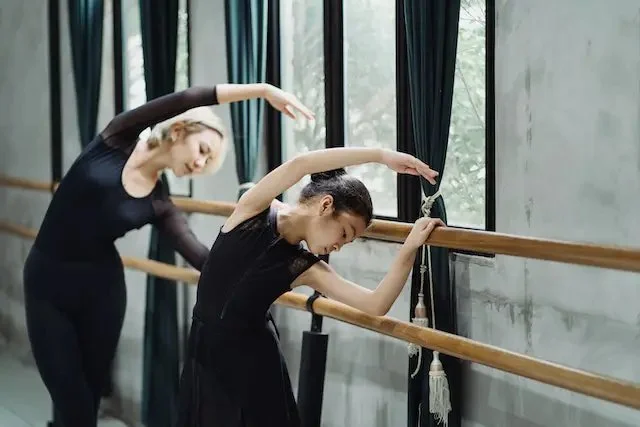
- why-dance-is-important-in-schools
- academic-benefits-of-dance-education
- mental-and-emotional-impact-of-school-dance-programs
- social-and-cultural-value-of-dance-in-schools
- real-life-example-how-dance-changed-a-school
- where-to-find-quality-dance-resources-for-students
1. Why Dance Is Important in Schools
Dance in schools is far more than just a fun activity — it's an essential part of holistic education. By integrating movement, music, rhythm, and creativity, dance helps students connect their minds and bodies in ways that traditional academics may not. So, why is dance important in schools? It nurtures well-rounded development, combining physical health, emotional intelligence, and cultural awareness. More importantly, it gives students of all backgrounds a voice — a non-verbal yet powerful means of expression.
Dance fosters creativity, teaches discipline, and builds confidence. And in a time when schools are challenged to keep students engaged and mentally well, dance has become a tool of transformation. It’s not only about the choreography — it’s about unlocking a student’s full potential.
2. Academic Benefits of Dance Education
2.1 Enhancing Cognitive Skills Through Movement
Studies have shown that kinesthetic learning — learning through physical activity — improves memory retention, focus, and comprehension. When students participate in structured dance classes, they’re not just moving; they’re following patterns, memorizing steps, and understanding spatial relationships. This kind of cognitive training enhances their performance in math, reading, and even science.
2.2 Developing Discipline and Time Management
School dance programs often involve rehearsals, performances, and team projects. Managing these responsibilities teaches students to prioritize tasks, practice consistently, and meet deadlines. These are transferable skills that apply directly to academic success and future careers.
2.3 Supporting Special Education Needs
Dance has proven to be especially beneficial for students with special education needs. Movement-based programs can improve coordination, reduce anxiety, and offer an inclusive space where all students can thrive. Many Kentucky schools now include adapted dance curricula as part of their inclusive education strategies.
3. Mental and Emotional Impact of School Dance Programs
3.1 Building Confidence and Identity
For many students, dance becomes a form of personal expression that builds confidence and helps them discover their identity. One shy middle schooler from Louisville shared that performing in her school’s spring showcase was the first time she ever felt truly “seen.” Dance gave her the stage — and the self-worth — she’d been lacking in traditional classroom settings.
3.2 Stress Relief and Emotional Regulation
With increasing academic pressure and social anxiety among young people, movement offers a release. Dance allows students to channel complex emotions in a productive and healthy way. Schools that offer regular dance instruction often report lower rates of behavioral issues and higher levels of student happiness.
3.3 Encouraging Emotional Intelligence
Dance teaches students to recognize and embody emotions — not just in themselves, but in others. This increases empathy, teamwork, and emotional maturity, making students better prepared for life beyond school walls.
4. Social and Cultural Value of Dance in Schools
4.1 Promoting Inclusion and Belonging
Dance is universal. From hip-hop to ballet, from traditional folk to contemporary forms, dance brings together students of all races, genders, and abilities. School dance programs help break down social barriers and encourage peer connection, especially when students collaborate on group choreography or performances.
4.2 Celebrating Cultural Diversity
Schools often use dance to celebrate multicultural festivals and events. This not only educates students about different cultures but also fosters respect and appreciation for diversity. A school in Lexington recently introduced an “International Dance Week,” during which students learned traditional dances from five continents. The event became a cornerstone of their curriculum for cultural understanding.
4.3 Teaching Teamwork and Leadership
Group performances teach students how to lead, follow, and work together toward a common goal. In dance, everyone must pull their weight — a missed step affects the whole group. These experiences lay the groundwork for collaboration and leadership skills later in life.
5. Real-Life Example: How Dance Changed a School
One compelling story comes from Jefferson County, where a struggling middle school implemented a dance-based arts integration program in 2022. Over the course of a year, attendance rose by 17%, disciplinary incidents dropped by nearly 40%, and students in the program scored higher in reading comprehension. One parent noted, “My son never wanted to go to school until dance gave him a reason.”
The success of this program inspired other schools in Kentucky to adopt similar models. It became a case study in how the arts — particularly dance — can turn academic environments into thriving communities.
6. Where to Find Quality Dance Resources for Students
If your school or child is looking to start or expand their dance journey, American Dance Academy offers expert-curated tools, clothing, training programs, and personalized guidance. Whether you need beginner shoes for a new dancer or advanced choreography support for a school team, our platform is designed to support dancers of every level. We believe that with the right resources, every student can shine through dance — both on stage and in life.
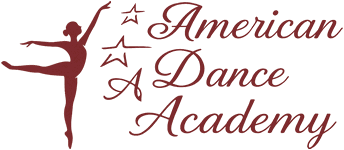
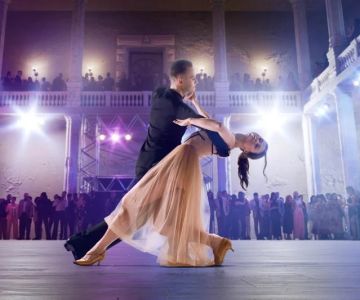
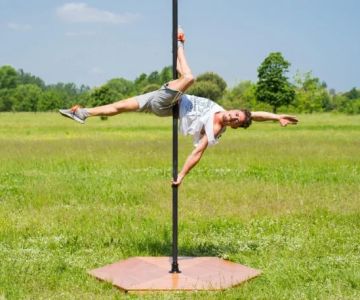
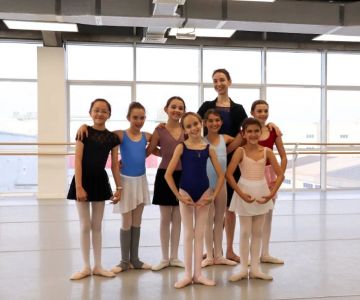
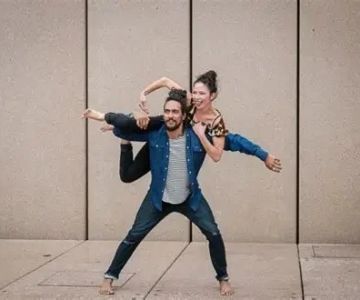
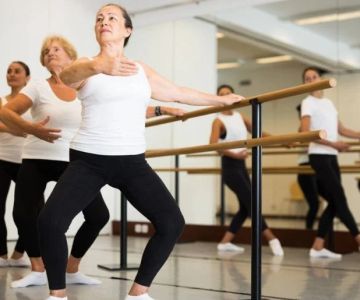
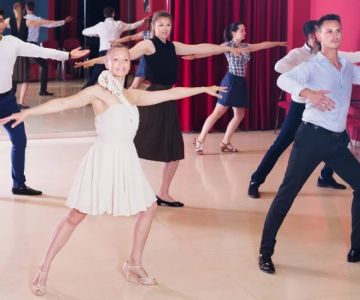
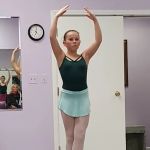 Barrington Dance Academy5.0 (22 reviews)
Barrington Dance Academy5.0 (22 reviews) Canyon Concert Ballet4.0 (17 reviews)
Canyon Concert Ballet4.0 (17 reviews) Big City Dance Center LLC4.0 (25 reviews)
Big City Dance Center LLC4.0 (25 reviews)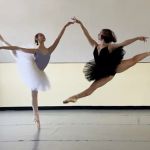 Tye Chua Dance & Kalamazoo Ballet5.0 (18 reviews)
Tye Chua Dance & Kalamazoo Ballet5.0 (18 reviews)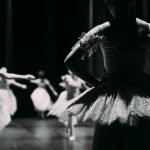 Fenton Ballet Theatre4.0 (24 reviews)
Fenton Ballet Theatre4.0 (24 reviews) Front Street Dance Center5.0 (7 reviews)
Front Street Dance Center5.0 (7 reviews) Are There Dances in Middle School? What Students and Parents Should Know
Are There Dances in Middle School? What Students and Parents Should Know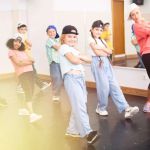 How a Dance School in Instagram Builds Community and Success
How a Dance School in Instagram Builds Community and Success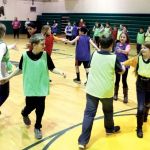 Why Do Schools Teach Square Dancing?
Why Do Schools Teach Square Dancing?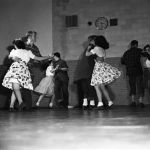 Why Was Square Dancing Taught in School?
Why Was Square Dancing Taught in School? Why Swing Dance Is Popular for Adults
Why Swing Dance Is Popular for Adults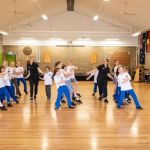 A School Dance: How to Prepare, Shine, and Make It Unforgettable
A School Dance: How to Prepare, Shine, and Make It Unforgettable